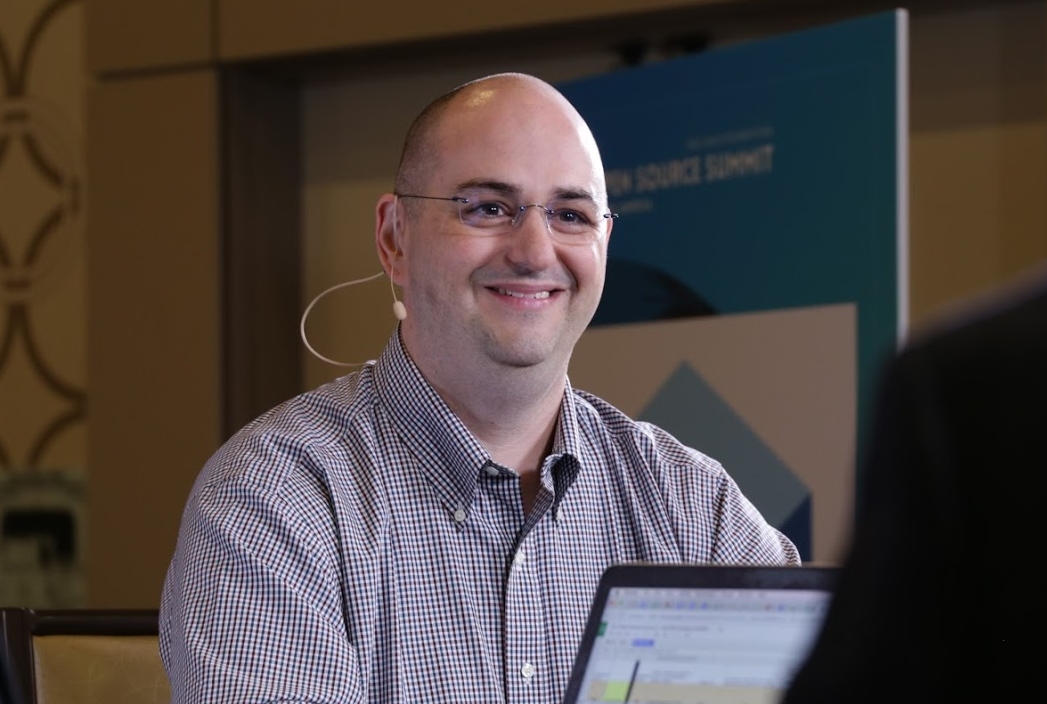 INFRA
INFRA
 INFRA
INFRA
 INFRA
INFRA
In the days of old, the infrastructure underlying information technology was all about hardware. Big, expensive boxes humming away in a very cold room somewhere. Today’s technology is about software, mobility, options and simplicity. Thanks to its non-proprietary status and community-led contributions, open-source software is a vital part of this new way of computing.
“We’re trying to tell stories about how people operate infrastructure in today’s modern world. It’s about dealing with ephemeral infrastructure, containerized applications, that sort of thing,” said Ross Turk (pictured), director of portfolio evangelism at Red Hat Inc.
Turk spoke with John Furrier (@furrier) and Stu Miniman (@stu), co-hosts of theCUBE, SiliconANGLE’s mobile livestreaming studio, during Open Source Summit in Los Angeles. They discussed open-source evangelism, the changing nature of modern software and software-defined storage. (* Disclosure below.)
People are building technology differently from how they did in the past. Likewise, they’re deploying that technology in new ways. Modern operations deal with applications that spill over across multiple machines, and customers want systems that work without hand-holding or wiring things together. Open source is at the forefront of this change, according to Turk.
Red Hat, an open-source software company, aims to give customers a stable, secure operating environment. This environment then sits underneath all the chaos of modern computing, Turk explained. Customers need a reliable foundation on which to build, something that will be running long after the technology up above changes.
Even then, some hardware trends tend to stay the same. “You talk to people … and they talk about this really elaborate infrastructure; well, where is your data being stored? Oh, it’s sitting in Oracle,” Turk said. Red Hat believes storage should be another microservice alongside all the other microservices that make up a virtually managed application, he added.
“What software-defined storage does is it implements those same services and the same capabilities [as traditional storage], but it does it entirely in software,” Turk said. The advantage is that a company can build its storage on any hardware. This includes the cloud. That means a company can be more flexible with their storage solutions, Turk concluded.
Watch the complete video interview below, and be sure to check out more of SiliconANGLE’s and theCUBE’s coverage of Open Source Summit 2017. (* Disclosure: TheCUBE is a paid media partner for Open Source Summit 2017. Neither The Linux Foundation nor Red Hat Inc. have editorial control over content on theCUBE or SiliconANGLE.)
THANK YOU